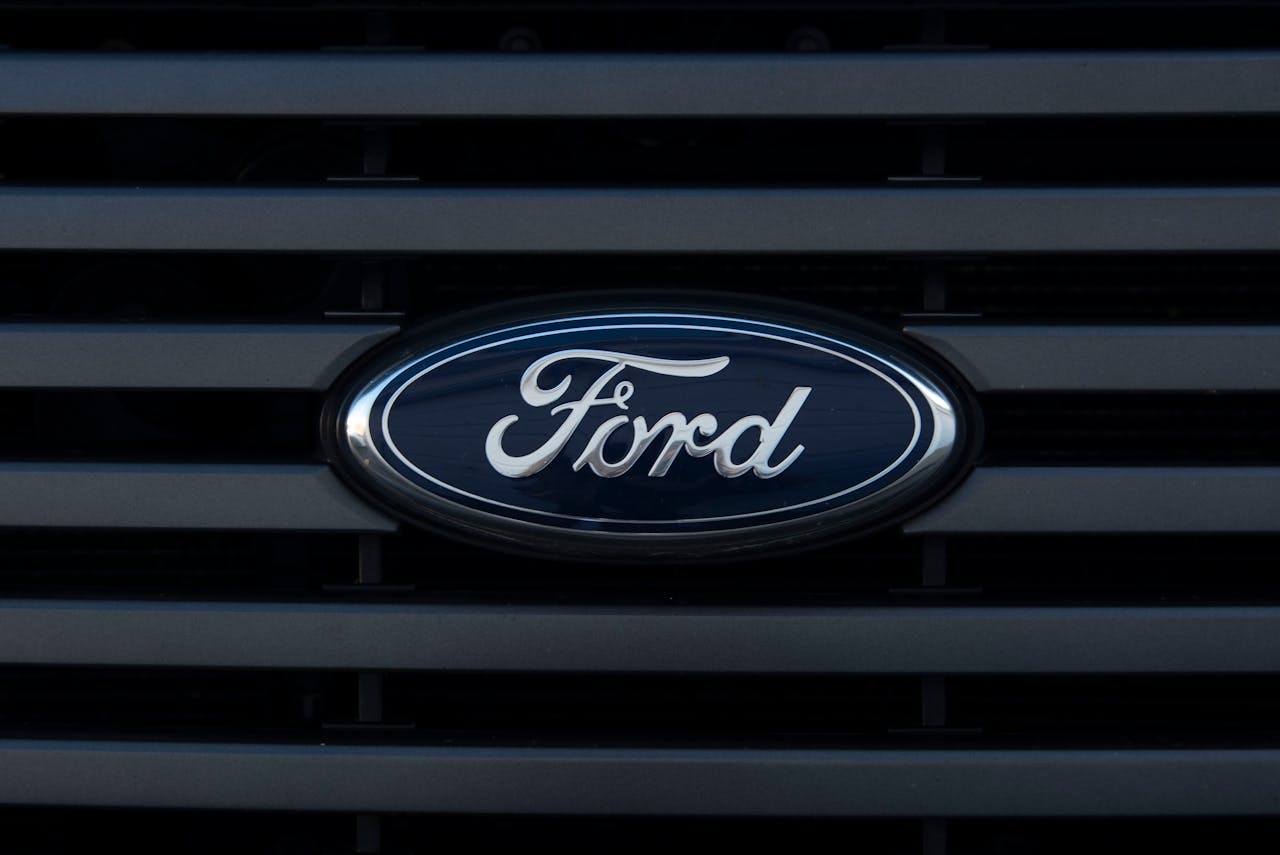2025 FSD Upgrade Costs: Tesla vs Ford vs Mercedes
In 2025, as automakers double down on autonomous driving, the “real” cost of upgrading to hands-free or Full Self-Driving (FSD) software is becoming increasingly transparent — and for many consumers, surprisingly high. Whether you’re a Tesla loyalist, a Ford BlueCruise user, or someone intrigued by Mercedes’ Drive Pilot, understanding the upgrade pricing, limitations, and value is key before clicking “purchase” on that next software update.
Let’s break down how the big three — Tesla, Ford, and Mercedes — stack up in the 2025 FSD software pricing battle.
Tesla: Still Charging Premium for Promise
Upgrade Cost (U.S. in 2025):
- Full Self-Driving (FSD): $12,000 one-time OR $199/month subscription
- Enhanced Autopilot: $6,000
Tesla remains the most aggressive — and expensive — when it comes to autonomous software pricing. As of mid-2025, Tesla continues to offer FSD as a one-time purchase or as a monthly subscription. While the feature still technically requires driver supervision and is not legally considered “Level 4” autonomy, Tesla’s FSD has improved dramatically, especially in urban environments.
Pros:
- Constant OTA updates, especially under v12.x
- Broad geographic coverage (including Canada, UK, and parts of Germany)
- Strong vision-based navigation, fewer hardware dependencies
Cons:
- Still not fully autonomous legally
- Lacks regulatory approval for hands-free driving in many regions
- Pricey — and doesn’t transfer between vehicles
Ford: BlueCruise Goes Subscription-Heavy
Upgrade Cost (U.S. in 2025):
- BlueCruise 1.3: $75/month or $800/year after free trial
- Pay-as-you-go pricing also available in some trims
Ford’s BlueCruise has become more competitive in 2025 after rolling out version 1.3, featuring better lane-centering and smoother hands-free transitions. Unlike Tesla, Ford leans heavily on subscription pricing, with limited one-time options. Certain trims of the F-150 Lightning and Mustang Mach-E include 90-day or 1-year trials.
Pros:
- True hands-free highway driving (in pre-mapped zones)
- Available on many trims, including more affordable models
- Approved for hands-free operation in over 40 U.S. states
Cons:
- Requires frequent payments
- Hands-free only works on Blue Zone highways
- Less flexible across vehicle platforms
Mercedes: The Most Legal, The Most Expensive
Upgrade Cost (U.S. & Germany in 2025):
- Drive Pilot (Level 3 autonomy): ~$2,500/year subscription
- Only available in select S-Class and EQS models
Mercedes-Benz’s Drive Pilot stands out in 2025 as the only Level 3 certified autonomous system legally approved for use in both Germany and California. It allows true hands-off, eyes-off driving — but only under 37 mph and in heavy traffic. And it’s expensive.
Pros:
- First-mover in legal Level 3 certification
- High safety standards and government-approved
- Combines LiDAR, radar, and HD maps
Cons:
- Geographically and speed-limited
- Not yet available in broader model ranges
- Very costly and limited flexibility
Cost Comparison Table (2025 U.S. Pricing)
| Brand | Software | One-Time Cost | Subscription Option | Hands-Free Legal Use |
|---|---|---|---|---|
| Tesla | FSD | $12,000 | $199/month | No (Supervised only) |
| Ford | BlueCruise 1.3 | N/A | $75/month or $800/year | Yes (in Blue Zones) |
| Mercedes | Drive Pilot (L3) | N/A | ~$2,500/year | Yes (Level 3, limited) |
What Are You Actually Paying For?
The cost of these software upgrades doesn’t just reflect current capabilities — it’s a bet on future tech maturity. Tesla promises city navigation, Ford sells convenience on highways, and Mercedes banks on legal autonomy. Yet all three are charging for something that’s still evolving.
For now, the most “usable” hands-free feature may come from Ford. The most future-proof system might be Tesla’s FSD — if regulators and reality eventually align. And Mercedes? It’s already making history, but only if you drive slowly… in traffic… in California or Germany.
Final Thought
In 2025, buying an autonomous upgrade isn’t just a tech decision — it’s a financial one. With software increasingly becoming the auto industry’s profit engine, knowing what you’re actually paying for (and what you’re not) is more important than ever.



